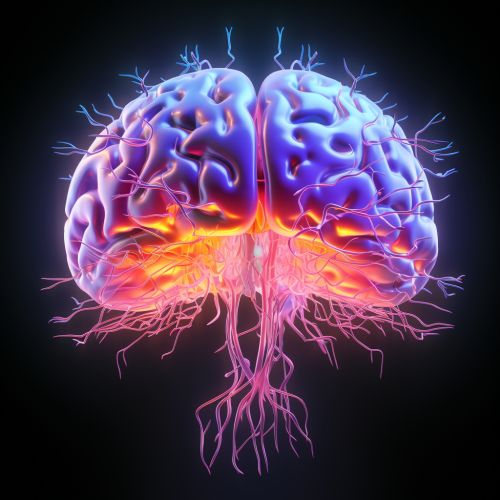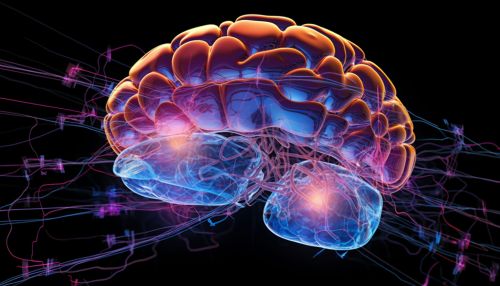Mirror Neuron System
Introduction
The Mirror Neuron System (MNS) is a group of specialized neurons found in the brains of both humans and some animals. These neurons are known to fire both when an individual performs an action and when they observe the same action performed by another. This system is thought to play a crucial role in understanding and imitating the actions of others, and is also implicated in empathy, language comprehension, and social cognition.


Discovery
The discovery of the mirror neuron system was made in the early 1990s by a team of Italian neurophysiologists at the University of Parma. They were conducting experiments on macaque monkeys when they noticed that certain neurons in the monkey's premotor cortex fired both when the monkey performed a specific action, such as grasping an object, and when it observed another monkey or a human performing the same action. These neurons were subsequently named "mirror neurons".
Neuroanatomy
The mirror neuron system is primarily located in two regions of the brain: the inferior frontal gyrus (IFG) and the inferior parietal lobule (IPL). The IFG is associated with action understanding and imitation, while the IPL is thought to be involved in the perception of the intentionality of actions. The MNS is also connected to other brain regions involved in emotion and social cognition, such as the amygdala, insula, and anterior cingulate cortex.
Function
The primary function of the mirror neuron system is thought to be action understanding. By firing both when an individual performs an action and when they observe the same action performed by another, mirror neurons provide a direct internal representation of the observed action. This is thought to enable the observer to understand the action without needing to infer its purpose or intention.
In addition to action understanding, the mirror neuron system is also thought to play a role in imitation, empathy, and language comprehension. By providing a direct internal representation of observed actions, mirror neurons may facilitate the imitation of those actions. Similarly, by providing an internal representation of the emotional states associated with observed actions, mirror neurons may contribute to empathy.
The role of the mirror neuron system in language comprehension is still a matter of debate. Some researchers propose that mirror neurons are involved in the comprehension of spoken language by providing an internal representation of the motor actions involved in speech production. Others argue that the evidence for this is not conclusive and that other brain regions may be more critical for language comprehension.
Clinical Significance
The mirror neuron system has been implicated in a number of neurological and psychiatric disorders. For example, dysfunction of the MNS has been proposed as a possible mechanism underlying the social and communication deficits seen in autism spectrum disorder (ASD). Some studies have found reduced activation of the MNS in individuals with ASD, suggesting that a disruption in mirror neuron functioning could contribute to the difficulties in social interaction and empathy that characterize this disorder.
Similarly, alterations in the mirror neuron system have been suggested to play a role in schizophrenia, particularly in relation to the symptoms of social cognition deficits and impaired empathy. However, the exact nature of this involvement is still a matter of ongoing research.
Future Research
The mirror neuron system is a relatively recent discovery, and much remains to be understood about its functions and implications. Future research is likely to focus on further elucidating the role of the MNS in social cognition, empathy, and language comprehension, as well as its potential involvement in various neurological and psychiatric disorders. The development of new techniques for studying the MNS, such as transcranial magnetic stimulation and functional neuroimaging, is expected to greatly facilitate this research.
